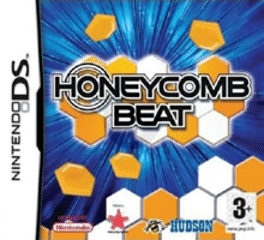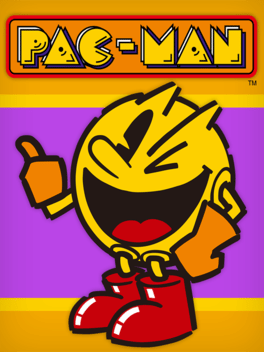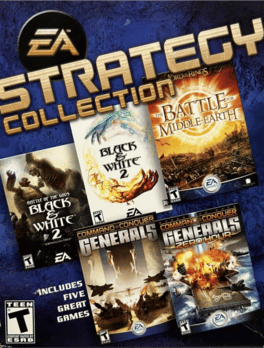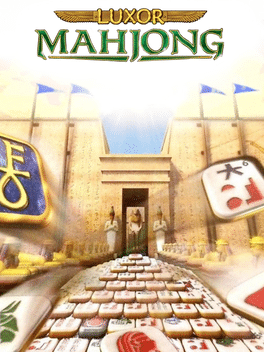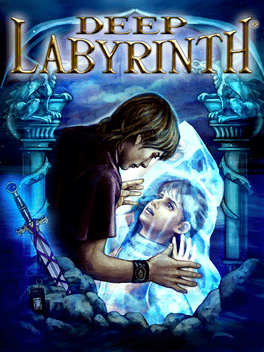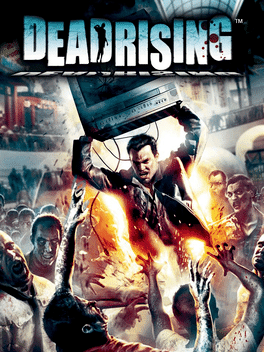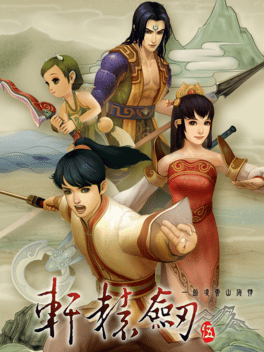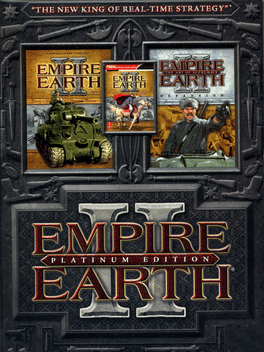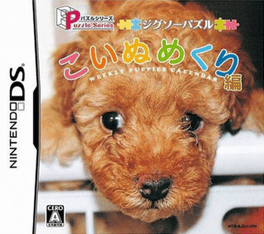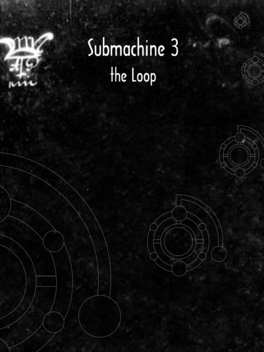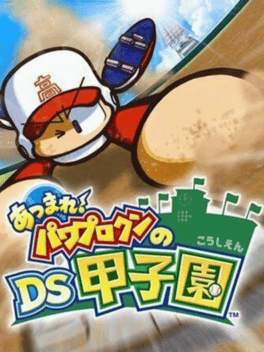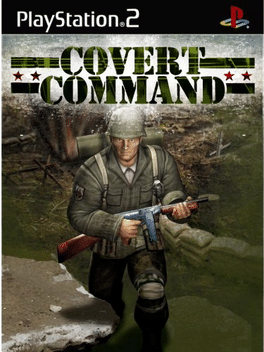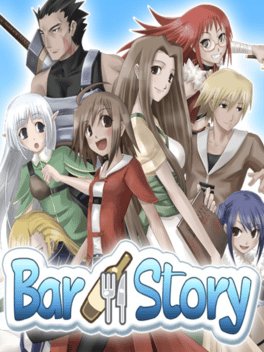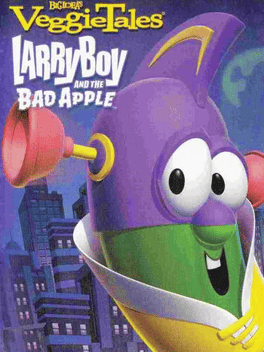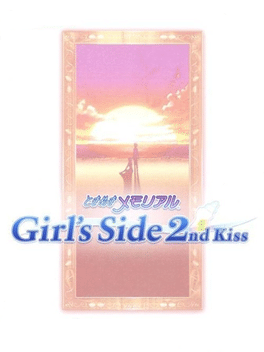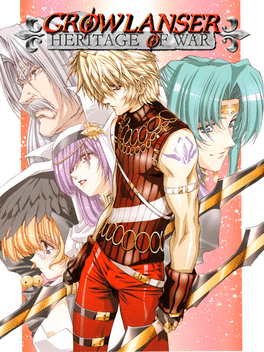New Games - Page 10235
-
Honeycomb Beat
2006
Honeycomb Beat
2006
star 5.1The first music-driven puzzle game for the Nintendo DS, Honeycomb Beat features intuitive touch screen gameplay and more than 200 unique puzzles to energize your mind. Solve each puzzle by touching on a Honeycomb tile, which will change the colors of the tiles around it. Line up tiles of the same color to eliminate them or create different shapes and patterns. Solve mind-bending challenges of increasing complexity in Puzzle Mode, or play through Evolution Mode where the board advances upwards and you have to eliminate lines before it's too late. -
Pac-Man
2006
-
EA Strategy Collection
2006
This is a physical bundle of five EA games: The Lord of the Rings: Battle for Middle-Earth, Black and White 2, Black and White 2 - Battle of the Gods, Command & Conquer: Generals, and Command & Conquer: Generals - Zero Hour. -
Luxor MahJong
2006
Luxor MahJong
2006
star 7Recover the stolen treasures of Ancient Egypt in this unforgettable tile-matching quest. Featuring 200 uniquely challenging layouts in three incredible game modes, Luxor MahJong is truly an epic adventure. -
Deep Labyrinth
2006
Deep Labyrinth
2006
star 7.1One summer afternoon, Shawn goes for a drive with his parents and dog, Ace, but the family car suffers a flat tire in front of an abandoned mansion. Ace is upset by something inside the mansion and leaps out of the car to investigate. Shawn's parents follow Ace, but fail to return. As Shawn tentatively approaches the dilapidated structure, the entrance door swings open, and he's drawn into a magical vortex. Reunited with Ace, Shawn must travel into the heart of the Deep Labyrinth to rescue his parents. There is also a second story of another man who gets sucked into a warphole while talking on his cellphone. He finds himself trapped in a labyrinth. As he journeys through, he is forced to reconcile the past, and realize what it is that traps him in the labyrinth. Each scenario has multiple endings based on the actions and performance of the player, as well as helpful items sequential playthroughs, to aid unlocking all the secrets of the labyrinth. -
Dead Rising
2006
Dead Rising
2006
star 7.8Frank West, a freelance photojournalist on the hunt for the scoop of a lifetime, pursues a juicy lead to a small suburban town only to find that it is being overrun by zombies! He escapes to the local shopping mall thinking it will be a bastion of safety, but it turns out to be anything but. It's a true struggle to survive the endless stream of enemies, but with full reign over an entire shopping center, Frank can utilize anything to fight off the flesh-hungry mob and search for the truth behind the horrendous epidemic. -
Carnage Heart Portable
2006
Carnage Heart Portable is an Action game, developed by Artdink and published by Genki, which was released in Japan in 2006. -
New Super Mario Kart
2006
-
Xuan-Yuan Sword V
2006
Xuan-Yuan Sword V
2006
This game is a turn-based RPG. The protagonist, Lu Chengxuan, possesses great power but cannot control it. By a twist of fate, he arrives in the mythical realm of Shanhai, where he meets a variety of wonderful companions from different species. Together, they unravel the mysteries of the Shanhai realm, the Yellow Emperor, and the Xuanyuan Sword, embarking on an exciting journey filled with climactic turns. -
Empire Earth II: Platinum Edition
2006
A compilation of the Empire Earth II games. Included in this bundle are: - Empire Earth II - Empire Earth II: The Art of Supremacy - Prima Official Game Guide -
Submachine 3: The Loop
2006
After the submachine2 adventure in the lighthouse you broke the time and space barrier using the portal at the end of the game. I hope you knew that this portal was broken and as you took your chance with with you knew that this could lead literally anywhere and anytime. Well, the journey wasn't quite succesfull. You end up in a timeless loop. If there is a way out, I hope you will find it. -
Atsumare! Pawapuro-kun no DS Koushien
2006
Atsumare! Power Pro Kun no DS Koushien is an RPG baseball game for the Nintendo DS. It is part of the Jikkyō Powerful Pro Yakyū series of games by Konami and the sequel to Power Pocket Koushien. Players take control of high school baseball team in Japan, either as a player on the team or as a manager, and attempt to lead that team to the National High School Baseball Championship at Koshien Stadium. It is the first Pawapuro game for the DS to feature voice commentary. -
Covert Command
2006
Covert Command
2006
Covert Command is a single player third person shooter set during World War II. In the game the player will take on the role of an unexperienced soldier that is send to the battlefield. The offers a total of thirty missions witch usually involve killing all enemies, destroying a certain target or completing the mission in a set time. Terrain ranges from towns to jungle. While playing the player can use grenades and guns to kill the enemies. Addition ammo and guns can be recovered from the killed enemies sometimes. -
Adventure Bar Story
2006
Adventure Bar Story
2006
star 7.8"Adventure Bar Story" is an RPG set in a fantasy world in which you go on adventures with party members and manage a bar. -
VeggieTales: LarryBoy and the Bad Apple
2006
The action-adventure game features LarryBoy, the popular plunger-headed crime-fighting cucumber featured in several best-selling videos, in his quest to save the citizens of Bumblyburg from temptation. When trouble appears, the citizens of Bumblyburg call world-famous crime fighter LarryBoy! Aided only by his trusted butler Alfred (played with zest by Archibald Asparagus), LarryBoy is everything that his alter-ego Larry the Cucumber is not: bold... confident... relentlessly driven... brazenly heroic! Well, actually, that's not entirely true. While he tries to create this impression, inside, LarryBoy is still plain-old Larry. LarryBoy attempts to save the day with clever use of his super-suction ears and the many features of the Larry-Mobile. Call him a kinder, gentler, slightly slower superhero! -
Tokimeki Memorial Girl's Side: 2nd Kiss
2006
The protagonist is a high school student at Hanegasaki High School, located in Habataki City, the city of the first game (the game starts around the time the first game's protagonist graduates) While leading a normal high school life including academics, club activities and part-time work, it is also possible to become friendly with boys who can make a declaration of love on graduation day. -
Growlanser: Heritage of War
2006
star 6Growlanser: Heritage of War features a sweeping story arc spanning 5 chapters, with additional chapters to unlock. On an island continent shrouded in darkness and bounded on every shore by an impassable veil, war rages among desperate inhabitants fighting for survival. There is no safe haven; land that war has left untouched is still threatened by the Screapers, fierce and powerful monsters steadily encroaching on the cities of men - who will rise to save this dying land?

